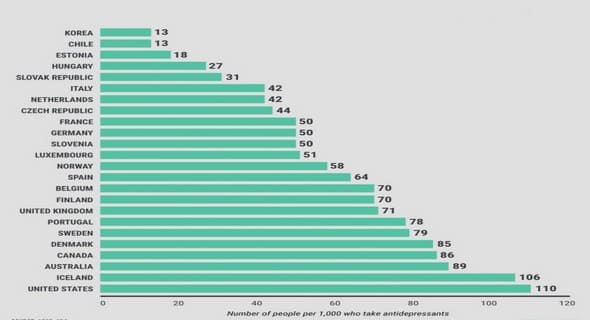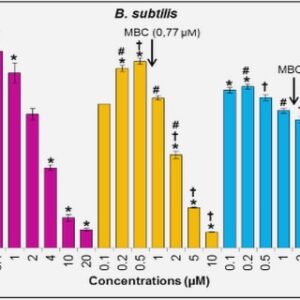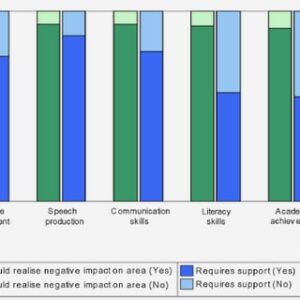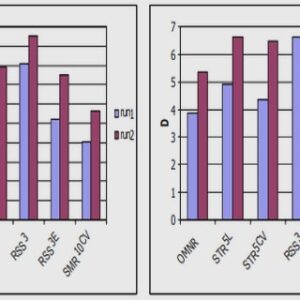(Downloads - 0)
For more info about our services contact : help@bestpfe.com
Table of contents
1 Introduction to total OH reactivity
1.1 Theoretical background on tropospheric chemical processes and reactive constituents
1.1.1 Atmospheric relevance of reactive gases
1.1.2 The hydroxyl radical and other atmospheric oxidants
1.1.3 Nitrogen Oxides
1.1.4 Volatile Organic Compounds (VOCs)
1.2 Total OH reactivity: a change in philosophy
1.2.1 OH reactivity relevance
1.2.2 Measuring the OH reactivity
1.2.3 OH reactivity in the world
1.2.4 The missing OH reactivity
1.3 The Mediterranean basin
1.3.1 General aspects
1.3.2 Natural and anthropogenic local emissions
1.3.3 A hotspot for climate change
1.4 Thesis objectives
2 Experimental
2.1 Proton Transfer Reaction-Mass Spectrometer (PTR-MS)
2.1.1 Applications in atmospheric sciences
2.1.2 Instrumental operation
2.1.3 Compounds sensitivity and volume mixing ratio
2.2 Comparative Reactivity Method for OH reactivity studies
2.2.1 General principle
2.2.2 Derivation of the basic equation for CRM
2.2.3 The reactor
2.2.4 The detector
2.2.5 Method calibration
2.2.6 Interferences
2.2.7 Data processing
2.2.8 Limit of detection and measurement uncertainties
2.3 CRM-LSCE
2.3.1 Optimization of the Comparative Reactivity Method at LSCE
2.3.2 CRM-LSCE performance
2.3.3 CRM-LSCE: field deployment
3 Intercomparison of two comparative reactivity method instruments in the Mediterranean basin during summer 2013
3.1 Introduction
3.2 Experimental
3.2.1 The comparative reactivity method
3.2.2 Data processing
3.2.3 Comparative Reactivity Method set up
3.2.4 Description of the field site and experiments
3.3 Results and discussion
3.3.1 C1 acquired with the conventional and scavenger approaches
3.3.2 Assessment of the correction for humidity differences between C2 and C3
3.3.3 Assessment of the correction for the kinetics regime
3.3.4 Correction for dilution
3.3.5 Measurement uncertainty
3.3.6 Intercomparison of OH reactivity results
3.4 Summary and conclusions
4 OH reactivity and concentrations of Biogenic Volatile Organic Com-pounds in a Mediterranean forest of downy oak trees
4.1 Introduction
4.2 Methodology
4.2.1 Description of the field site
4.2.2 Ambient air sampling
4.2.3 Comparative Reactivity Method and instrument performance
4.2.4 Complementary measurements at the field site
4.2.4.1 Proton Transfer Reaction-Mass Spectrometer
4.2.4.2 Gas chromatography-flame ionization detector
4.2.4.3 Formaldehyde analyzer
4.2.4.4 NOx analyzer
4.2.4.5 GC-MS offline analysis
4.2.4.6 O3, CH4, CO
4.2.4.7 Meteorological parameters
4.3 Results
4.3.1 Trace gases profiles and atmospheric regime
4.3.2 Total OH reactivity
4.3.3 Measured and calculated OH reactivity
4.3.4 Nighttime missing reactivity
4.3.5 OH reactivity at other biogenic sites
4.4 Summary and conclusion
5 Total OH reactivity at a receptor coastal site in the Mediterranean basin during summer 2013
5.1 Introduction
5.2 Field site
5.3 Methods
5.3.1 Comparative Reactivity Method
5.3.2 Ancillary measurements at the field site
5.3.2.1 Proton Transfer Reaction-Mass Spectrometry
5.3.2.2 Online Chromatography
5.3.2.3 Offline Chromatography
5.3.2.4 Hantzsch method for the analysis of formaldehyde
5.3.2.5 Chemiluminescence for the analysis of NOx
5.3.2.6 Wavelength-scanned cavity ring down spectrometry (WSCRDS)
5.3.3 Box model for mixing ratios and OH reactivity evaluation
5.4 Results
5.4.1 Air masses regime
5.4.2 Total measured OH reactivity
5.4.3 Calculated OH reactivity and importance of biogenic VOCs at the measuring site
5.4.3.1 Long-term variability
5.4.3.2 Contributions from different classes of compounds
5.4.3.3 Impact of biogenic VOCs
5.4.4 Comparison between measured and calculated reactivity
5.4.5 Clues on the missing OH reactivity: a mix of primary emission and secondary production
5.4.5.1 Unmeasured terpenes
5.4.5.2 estimated reactivity of the unmeasured terpenes
5.4.5.3 unmeasured secondary products
5.4.6 Modeled OH reactivity
5.4.6.1 Model inputs
5.4.6.2 Model results and sensitivity
5.4.6.3 Contributions to the modelled OH reactivity
5.5 Conclusions
5.6 Acknowledgments
6 Conclusion and future research




